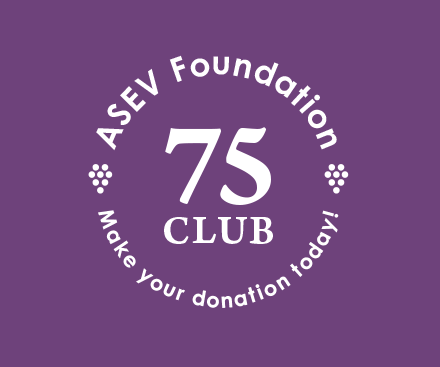Abstract
The defense potential of a tolerant American Vitis rupestris cultivar (Rupestris du Lot) and a susceptible European Vitis vinifera cultivar (Chardonnay) in response to UV-C irradiation was investigated. The expression of eight defense-related genes coding for enzymes of the phenylpropanoid pathway (phenylalanine ammonia lyase and stilbene synthase), the octadecanoid pathway (lipoxygenase), and pathogenesis-related proteins (class I and III chitinases, ß-1,3-glucanase, class 6 pathogenesis-related protein, and class 10 pathogenesis-related protein) was followed by real-time reverse transcription polymerase chain reaction (RT-PCR). Phenolic compound accumulation was monitored by microscopic observation. Accumulation of resveratrol, a major grapevine phytoalexin, was evaluated by HPLC, and chitinase and ß-1,3-glucanase enzyme activities were measured. Both grapevine species responded to UV-C treatment by enhancement of defense mechanisms. Intensity of some defense responses was correlated with tolerance to diseases, as previously described for stilbene accumulation: the tolerant species responded more intensely to UV-C exposure than the susceptible one. UV-C irradiation is a practical and reproducible method for inducing grapevine defense responses and can be useful in determining the defense potential of grapevine cultivars.
Acknowledgments: The authors wish to thank Pr. Jean Guern and Dr. Michel Boulay for critical review of the manuscript.
- Copyright 2004 by the American Society for Enology and Viticulture
Sign in for ASEV members
ASEV Members, please sign in at ASEV to access the journal online.
Sign in for Institutional and Non-member Subscribers
Log in using your username and password
Pay Per Article - You may access this article (from the computer you are currently using) for 2 day for US$10.00
Regain Access - You can regain access to a recent Pay per Article purchase if your access period has not yet expired.









